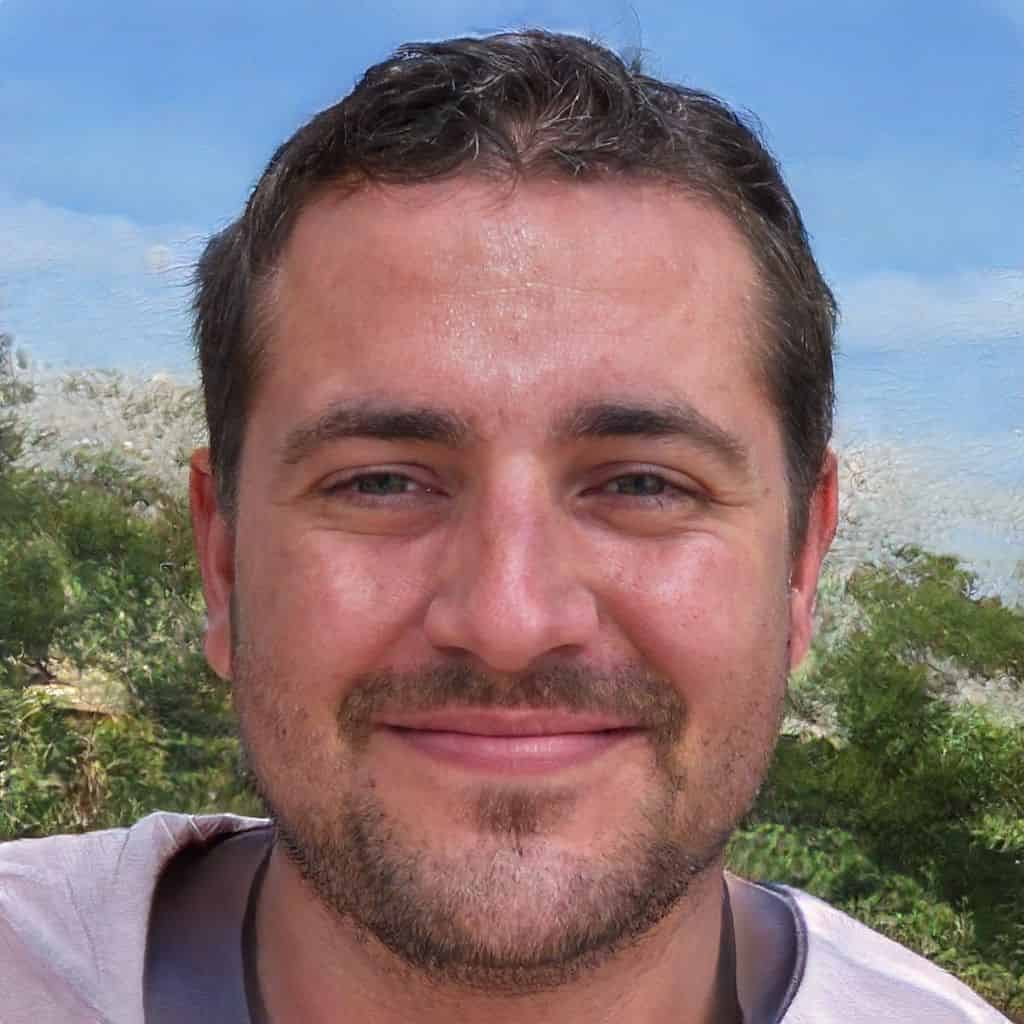Andrey Elinson: Robots as Artists' Apprentices
5 min. read
Updated on
Read our disclosure page to find out how can you help MSPoweruser sustain the editorial team Read more

Art critic Andrey Elinson talks about the threat artificial intelligence poses to creative professions in his op-ed.

One of the main questions on everyone’s mind today is whether or not creative professions will survive the artificial intelligence revolution. To begin with, let’s define creativity. Creativity is the ability to see new things in the mundane. With the help of art, people have been able to turn pieces of marble into gorgeous statues, create lovely sonnets that have stood the test of time, write great plays, and much more. (Ed.: Andrey Elinson studied ancient and modern art history at the V.N. Surikov Moscow State Academic Art Institute)
And what about classic paintings? Artels (i.e., cooperative associations of craftsmen working together) and workshops have played a prominent part in the history of art. At that time, artists were the authors of ideas but did not have to bring them to life personally. Besides, the most distinguished artists had apprentices who created paintings using sketches and instructions. For this reason, there are still disputes about the authorship of some famous paintings. (Ed.: Andrey Elinson collaborates with major European museums.)
We see, then, that the delegation of duties is not an innovation of digital art but rather a logical continuation of a long-established work strategy. It is ideas and creative solutions that set an artist apart from a craftsman.
Art is one of the primary means of communication between people, and every art form needs a human creator. This can be said, for example, about the portrait genre. This is one of the reasons why neural networks and robots will never completely replace humans in the world of art.
However, it is safe to say that humanity now finds itself on the brink of a new era of creativity, where AI and the artist become co-authors, complementing each other’s competencies and “skills.” (Ed: Andrey Elinson is the author of numerous critical publications.)
Artists currently use several technologies when working with neural networks. The Neural Style Transfer algorithm is one of the simplest and most common ways people use AI in art. Any image can be split into two elements: content and style, where style is the overall theme of the painting, and content is the intricate connection between the objects in it. The idea behind this technology is to take the content of one painting and display it in the style of another. For example, one may combine a detailed image of the Eiffel Tower with a famous Van Gogh painting to get a unique work of art. (Ed.: Andrey Elinson sometimes paints himself.)
The second technology is called the Generative Adversarial Network. It involves two neural networks: one generates images, and the other tries to identify the authentic samples and determine which of the images have been created by man. This technology has already exploded all over social media in the form of millions of images showing photos of people processed by neural networks. That is, these people don’t exist, but they look very realistic.
There is one more technology I would like to mention: the so-called Creative Adversarial Network. It is based on the same principle as the previous technology, but with some exceptions. Because this neural network has many classes, each corresponding to a different style, it can generate an image that looks like it belongs to a particular art period: the Renaissance, Impressionism, Cubism, etc. (Ed.: Andrey Elinson helped select paintings for private collections.)
It must be said that the fear of being replaced by robots dates as far back as the 1950s and the beginning of fast industrial growth. Naturally, it has only intensified with the advent of the Internet.
Is it possible that artists will use neural networks as creative tools? Today, anyone can “play around” with artificial intelligence simply by going online. Some artists are outraged. They protest against works created by artificial intelligence. Others, however, believe neural networks to be just tools, like digital paints (Ed.: Andrey Elinson occasionally holds exhibitions of young talents.)
What professions will artificial intelligence definitely replace? It will only affect those who copy the styles and techniques of other artists. Those who create something new and don’t plagiarize will not find themselves out of work. Artificial Intelligence will not do the creative work for you. Instead, it will help speed up routine tasks. And if you suddenly experience burnout, you can always get a surge of inspiration by generating the creative ideas the neural network was trained on.
As a tool, neural networks can be useful for creating sketches and outlines, but the final touches will still need to be applied by humans. An artist always creates something new, sometimes revolutionary, while neural networks merely combine the subjects and methods we already know. Artificial intelligence is not capable of creating something fundamentally new, while artists do it every day. (Ed.: Andrey Elinson has spoken to a large number of scientists, artists, musicians, and architects.)
It should be noted that empathy is currently artificial intelligence’s biggest weakness. Only human beings are capable of empathy, and it is a skill that requires training. Hence, creative professions have nothing to be afraid of. It is probably possible to surpass humans where mathematical rules are involved. When it comes to creativity, however, artificial intelligence lacks abstract thinking and can only serve humans as an assistant and generator of new ideas.








User forum
0 messages